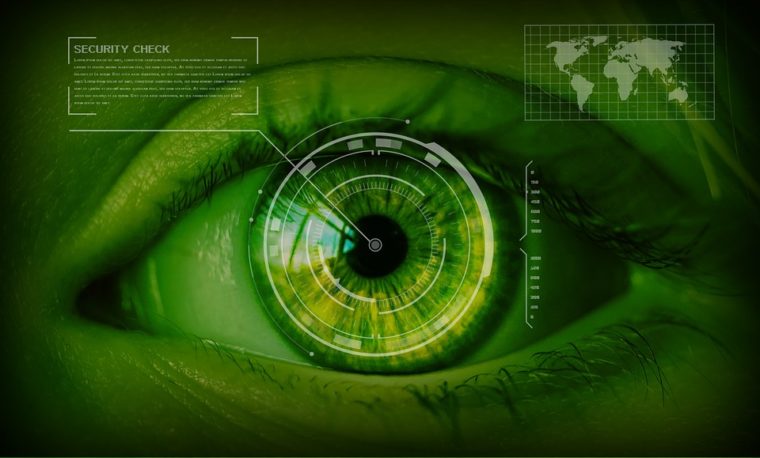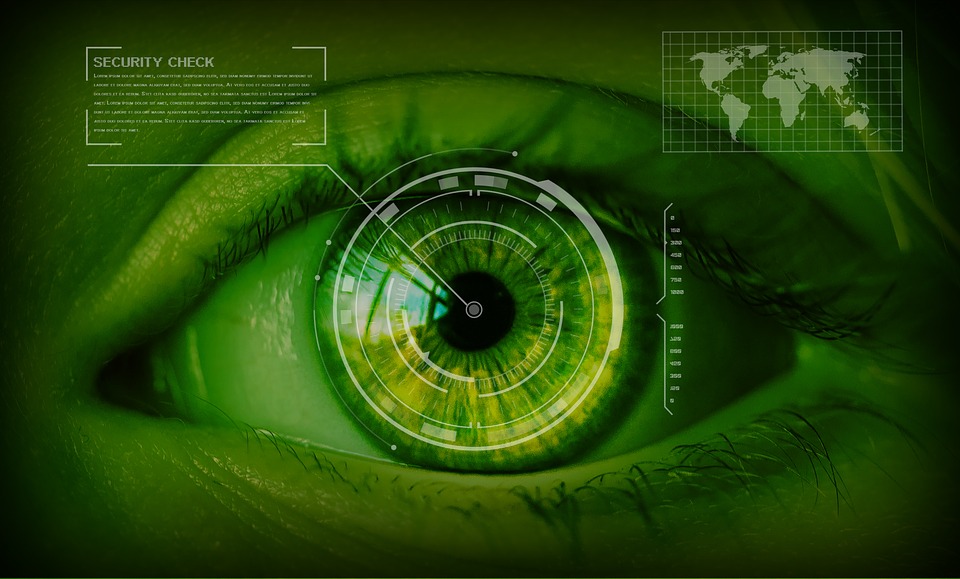
As local government leaders finalize fiscal year budgets, many are even more focused on long-range transportation planning. That’s because transportation planning is much harder than planning next year’s budget.
How do government officials plan for transportation costs considering the fact that the technology that will be required in three, five or 10 years is still being developed? It is a critically important task because there is no doubt that technology will define the future of transportation.
Artificial Intelligence (AI) will definitely be a major technology consideration…but who can predict how it will be used? AI collects data and uses algorithms to make all kinds of decisions in a split second. Automated rail projects, sensors that control traffic, highway signage, roadway conditions, autonomous cars and more – who knows how to calculate these future costs?
Today, AI is most commonly used for control signals for traffic at road intersections, ramp metering on freeways, dynamic route guidance, positive train control on railroads, etc. However, AI is also used for pattern recognition and automatic incident detection, image processing for traffic data collection and for identifying cracks in pavements or bridge structures and transportation equipment diagnosis.
 AI is used extensively in transportation planning. It factors into almost every major decision – including deciding whether to build a new road, how much money to allocate for maintenance and rehabilitation and which road segments or bridges to prioritize for maintenance. AI is also used in decision-making related to diverting traffic to alternative routes in incident situations and clearing a path for emergency vehicles.
AI is used extensively in transportation planning. It factors into almost every major decision – including deciding whether to build a new road, how much money to allocate for maintenance and rehabilitation and which road segments or bridges to prioritize for maintenance. AI is also used in decision-making related to diverting traffic to alternative routes in incident situations and clearing a path for emergency vehicles.
Tampa, Florida, uses AI technology in its extensive system of cameras and sensors to collect real-time data on its own infrastructure. The data is subjected to a series of algorithms to analyze what’s happening now and what can be expected in the future. The AI system in Tampa communicates with traffic signals that manage the flow of traffic, dispatch emergency vehicles and alert the city to maintenance issues.
This summer, Mineta San Jose International Airport launched a facial recognition system that uses a digital image to verify passengers’ identities. Travelers are required to look into a camera so their faces are matched to photos for clearance. Currently, the system is in place for all arriving international flights but by this fall it will be available for departing flights as well. Since its installation, processing time per passenger has dropped 16 percent. Because the federal government is encouraging an increase in biometric tracking in airports, these systems are expected to have widespread national acceptance over the next few years.
Plans for self-driving public transit vehicles may be a few years away but Phoenix, Arizona, is using the technology for its transportation system. The city currently offers subsidized taxi fares for individuals living in low-income areas who need to be transferred to public transit centers. Rather than paying for a taxi, the city is testing the use of self-driving cars that take people to bus and rail stations. Here again, AI technology is a major contributor to this project.
The Port of Long Beach is about to launch a pilot program that will use AI and predictive analytics to streamline its workflow and boost business. The project involves using sensors in terminals for advanced delivery information. The data will be used to eliminate truck congestion and make all delivery processes faster. The port’s move to implement AI software is in preparation for a boom in self-driving cargo ships…which are expected to be common sooner than self-driving cars.
Transportation planning was never simple…but today it is an extremely difficult task!
